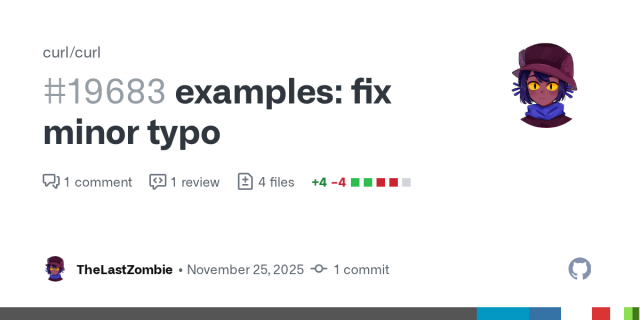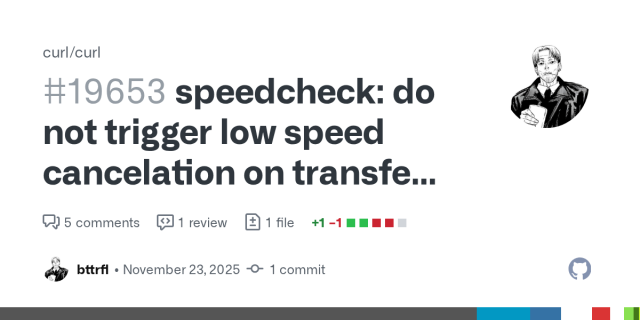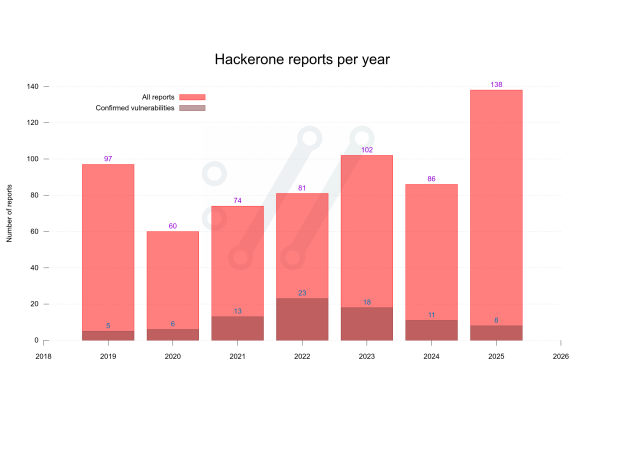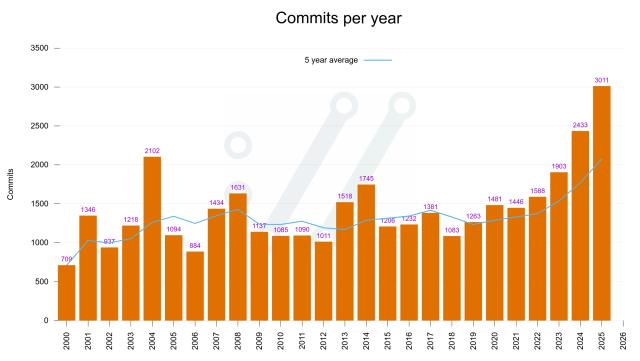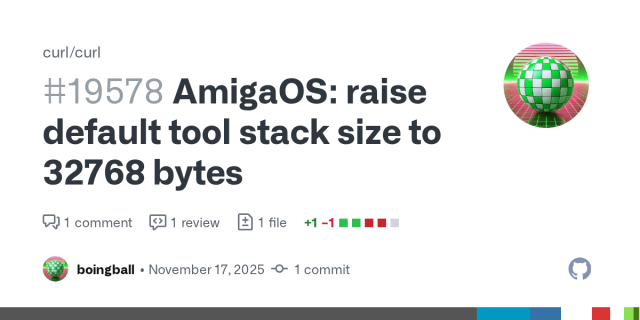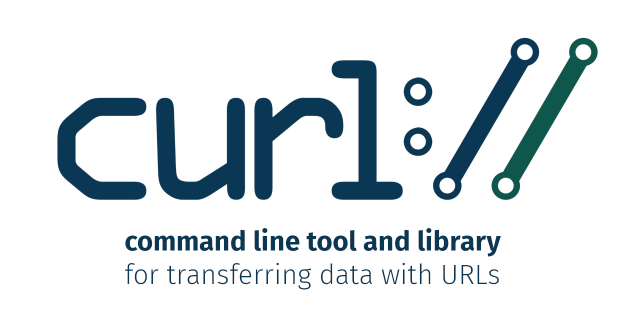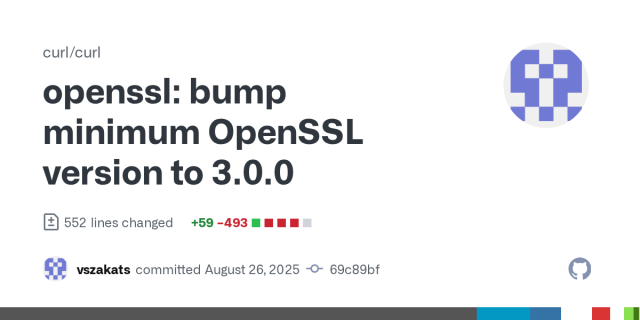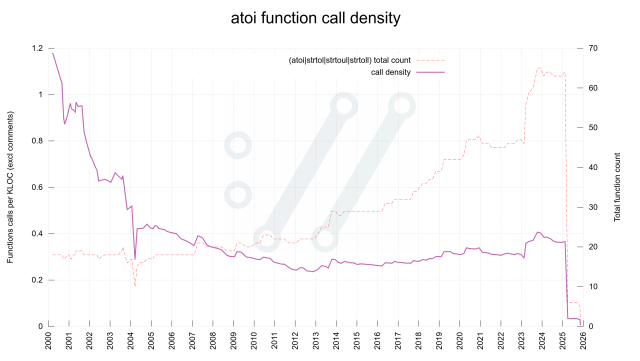On Thursday next week (Dec 4) I will do a tiny #curl webinar. Sign up for it here: us02web.zoom.us/webinar/regist…
It will be made available on video after the fact.
tiny-curl is a libcurl flavor designed for the smaller devices. Same API. Same reliability. With some protocols and features cut out making a (much) smaller footprint. See curl.se/tiny/

Welcome! You are invited to join a webinar: tiny-curl 101: Secure Communication with a Small Footprint. After registering, you will receive a confirmation email about joining the webinar.
Join curl founder Daniel Stenberg on December 4th at 9 AM PT for a focused introduction to tiny-curl, the lightweight version of curl designed for resource-constrained environments and embedded users.Zoom


